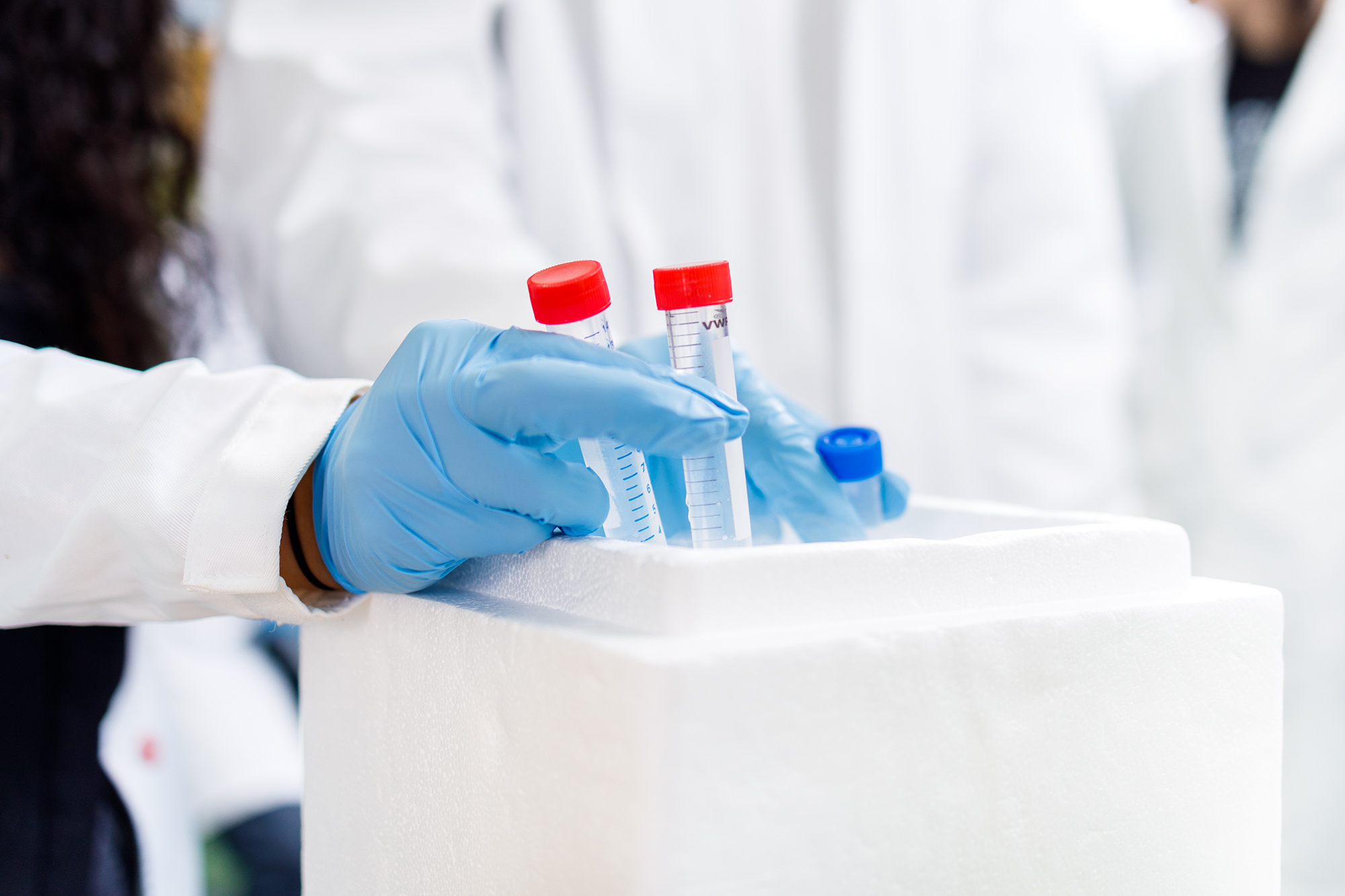
Research
Protein kinases are critical regulators of the majority of cellular functions, and defects in kinase signaling are associated with many diseases, including cancer. In each cell there are tens of thousands of different proteins that are phosphorylated by protein kinases and dephosphorylated by phosphatases which together form the nodes of a vast interconnected cellular network of molecular switches. The main focus of our laboratory is to gain insight into how kinase signaling networks are organized in the eukaryotic cell cycle. It is known that the master regulators of the cell cycle are cyclin-dependent protein kinases (Cdks).
When activated by particular cyclins, Cdks are able to phosphorylate sets of targets and coordinate the temporal order of the molecular events at each cell cycle stage from G1 to mitosis. Our current aim is to gain deeper understanding of how Cdk1 achieves precise temporal coordination of cell cycle processes. Another key interest in our laboratory originates from the fact that most kinase targets contain multiple phosphorylation sites. The reason why these proteins have evolved to be multi-phosphorylated has so far remained elusive.
Our recent studies on multisite phosphorylation of Cdk1 targets in budding yeast have shed some light into this mysterious phenomenon. It appears that intrinsically disordered segments containing clusters of phosphorylation sites may perform different signal processing functions. The positional pattern of the phosphorylation sites and surrounding sequence elements in the clusters determines the rate of overall phosphorylation through the network, and thereby also the rate of the accumulation of critical output phosphorylation sites. This principle provides a wide range of possibilities for designing synthetic regulatory modules by moving and combining the sites and the linear sequence elements of the networks within the intrinsically disordered segments. Our future aim is to use our knowledge to create a toolbox of custom designed and tunable regulatory phosphorylation components for use in artificial and synthetic biology signaling circuits.
